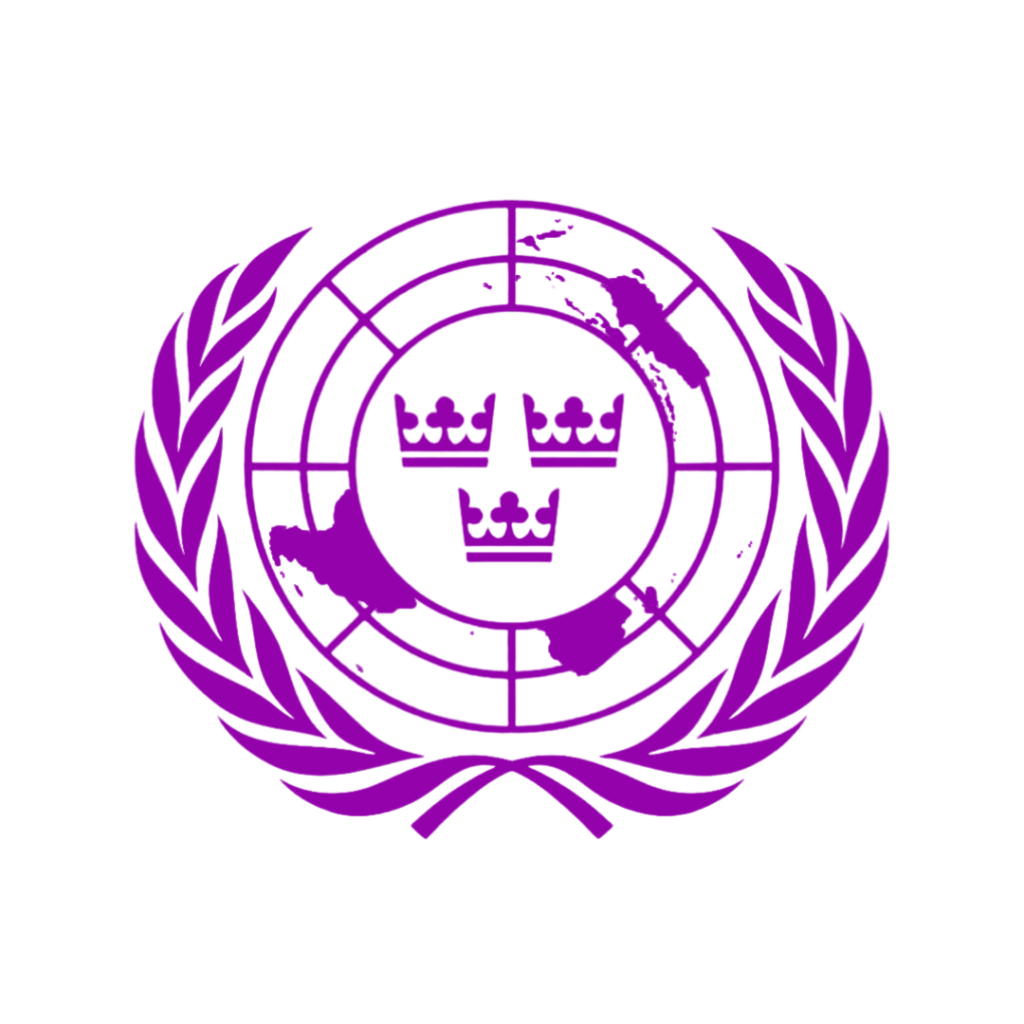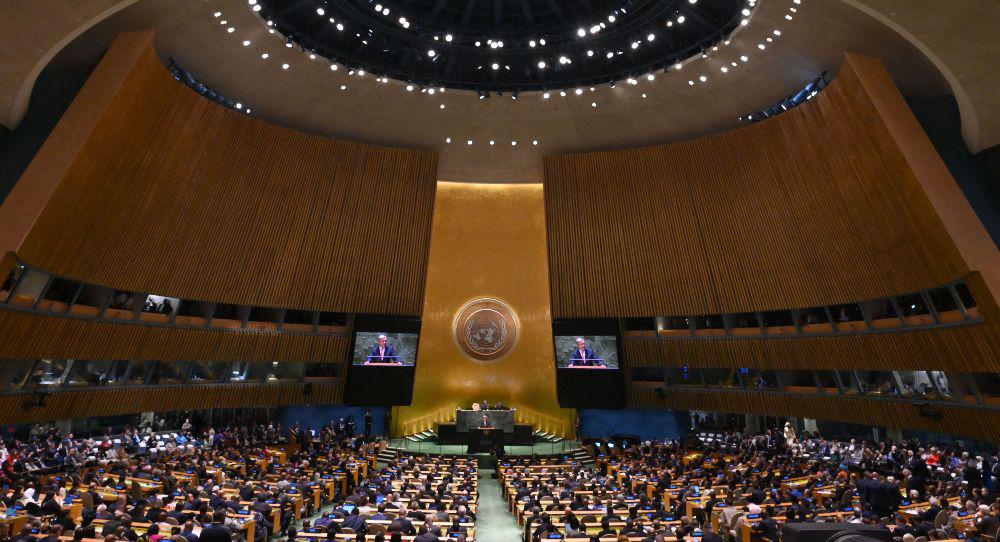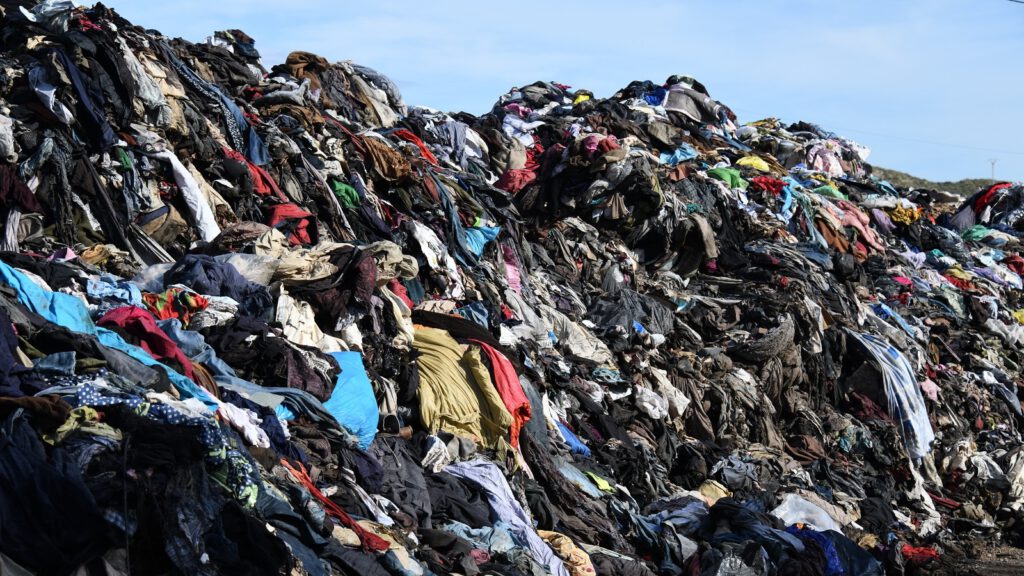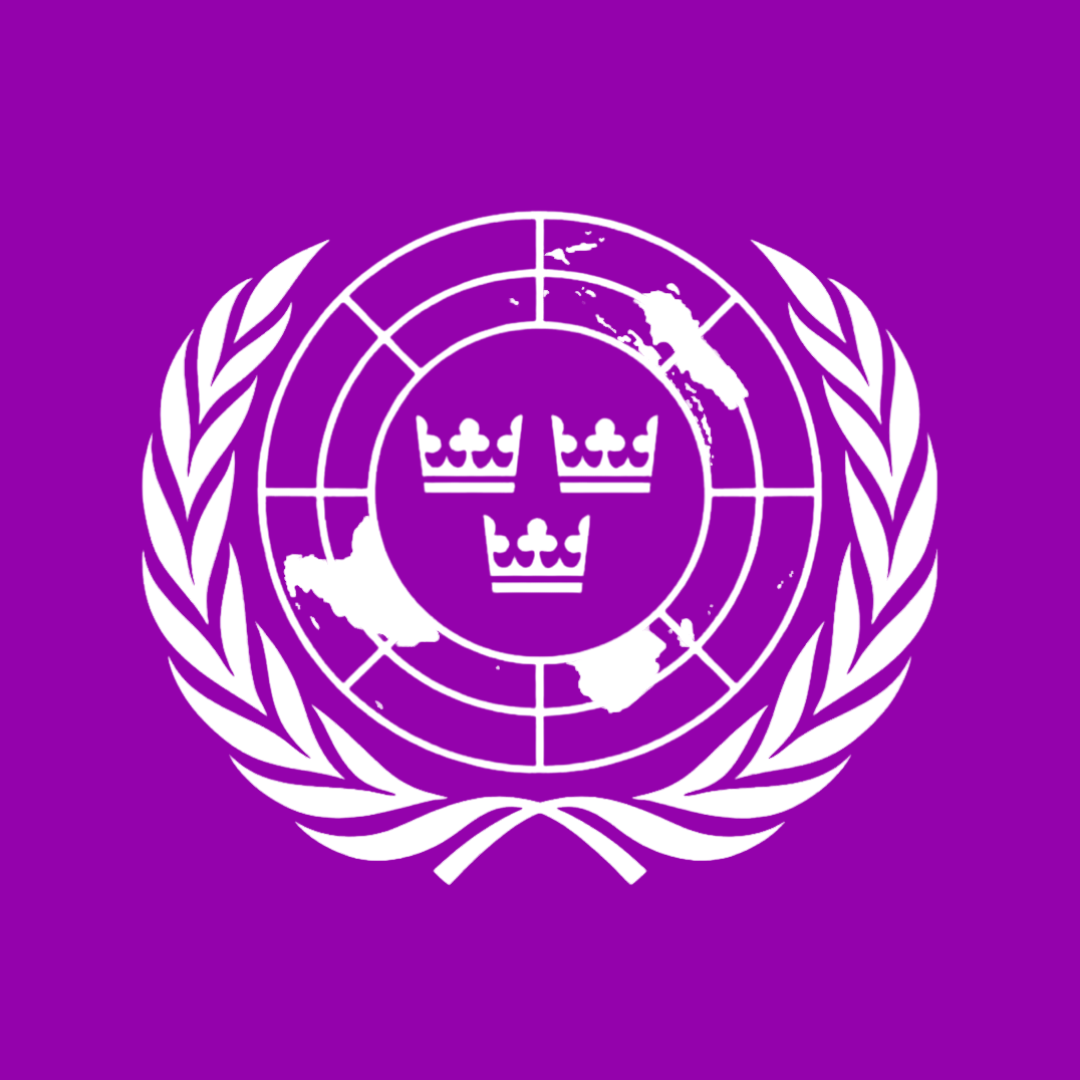When and where is the event?
The event will be held in two days, on Friday April 25th, and Saturday April 26th. Food and drink will be provided during the sessions.
Who are the organizers?
The three student associations JUMUN, JSA BEES, and JUPS are offering this MUN.



sign up for the session
We will send you an email after you sign up. Please also check your spam emails to make sure you read it!
After signing up here, you will be redirected to the ticket purchase in HITRACT. In order for your signup to be complete, you have to purchase a ticket!
fast fashion: mun debate
What is Model United Nations?
A Model United Nations (MUN) session is a simulation of the United Nations where university students take on the roles of delegates representing different countries. They debate and negotiate on real-world issues, drafting resolutions and engaging in diplomacy just like real diplomats. It's a fantastic opportunity to develop critical thinking, public speaking, and negotiation skills while exploring global affairs and international relations. Think of it as a high-stakes, intellectual debate club with a global focus.

What is Fast Fashion?
Fast fashion is like the "instant ramen" of the clothing industry. It's about churning out trendy clothes quickly and cheaply, often sacrificing quality and ethical production for low prices. This means more clothes are bought and discarded faster, leading to environmental problems like textile waste and pollution. It also raises concerns about worker exploitation and unfair labor practices in the supply chain. In this MUN session, you'll be debating the impacts of fast fashion on the environment, economy, and society, and exploring solutions to make the fashion industry more sustainable.

Do we have a dress code?
Yes. The dress code in a MUN even is not as formal as in the United Nations, but here is what is recommended to wear:

Click on the button below to read more about what you can and should not wear to a MUN conference:
I want to know more about the delegations
Against fast fashion
Indonesia: Indonesia is increasingly vocal about the environmental damages of fast fashion, especially given the pollution of its rivers due to textile dyeing. The country has been pushing for stricter regulations and has invested in sustainable textile technologies to support a greener industry. Indonesian activists and NGOs often criticize the exploitation of natural resources and labor by fast fashion giants.
Kenya: Kenya has become a dumping ground for second-hand clothes from fast
fashion markets, often unwearable, polluting local landfills. The government and
local organizations have called for import restrictions on these garments. Kenya
supports sustainable fashion initiatives like Made in Kenya, and advocates for
circular economy principles to protect their environment and local textile industries.
Greta Thunberg: The climate activist has openly called out fast fashion for its huge carbon footprint and exploitative practices. She’s known for wearing only
second-hand or recycled clothes and has urged people to stop buying unnecessary
garments. Greta criticizes fast fashion for promoting overconsumption and fueling
climate change.
Greenpeace: Greenpeace has launched several campaigns against fast fashion —
notably Detox My Fashion, which exposed big brands for using toxic chemicals. They pressure companies to clean up their supply chains and raise awareness of the industry’s wasteful and polluting practices. They highlight how fashion is the
second-largest consumer of water globally and responsible for 10% of global
carbon emissions.
Veja: The French sneaker brand is all about transparency and ethics — their
materials are organic, their factories respect labor rights, and they avoid mass
production. Veja stands against fast fashion’s model of cheap, high-turnover
products and works towards long-term, sustainable fashion.
Patagonia: Patagonia has taken a strong anti-fast fashion stance. They promote
“buy less, buy better,” encourage repair over replacement, and use recycled materials in many of their products. They’ve even run ads like “Don’t Buy This Jacket”, challenging consumerism and fast fashion’s throwaway culture.
In between
Bangladesh: As one of the world’s largest garment exporters, Bangladesh relies
heavily on fast fashion for economic growth and employment — especially for
women. But the country also suffers the downsides: low wages, unsafe factories
(e.g., Rana Plaza collapse in 2013), and massive pollution from untreated textile
waste. There’s growing local pressure to improve labor conditions and enforce
environmental standards, but balancing this with economic dependency is complex.
Vietnam: Vietnam benefits from the fast fashion industry through job creation and exports, but also faces serious pollution and labor issues. Factories often lack
environmental regulation, contributing to water and air pollution. Some Vietnamese brands and NGOs are now promoting eco-friendly manufacturing, but reforms are still slow.
México: México has both fast fashion production zones and second-hand clothing
markets. It gains from manufacturing jobs, but many of them offer low pay and
poor conditions. At the same time, local designers are trying to push sustainable,
artisanal fashion. So while the country benefits economically, it’s also dealing with
growing concerns over waste and ethical practices.
Pro fast fashion
Spain (Zara): Zara, owned by Inditext, practically invented fast fashion with their
model of 2-week product turnover. While they claim to be implementing
sustainability practices, their business model still relies on overproduction and
consumerism. Zara produces billions of garments annually, contributing to excess
waste, water usage, and CO₂ emissions.
China (Shein): Shein is the poster child for ultra-fast fashion — they upload
thousands of new styles daily, with very little transparency in their supply chain.
Reports have shown sweatshop-like conditions, including 18-hour shifts and
low wages. The company contributes heavily to overconsumption and waste,
especially since their clothes are often low quality and disposed of quickly.
Sweden (H&M): Ironically, though Sweden is known for sustainability, H&M plays
a massive role in fast fashion. They promote “conscious collections,” but only a
small percentage of their products are actually eco-friendly. In 2022, H&M was
accused of greenwashing, overstating their sustainability claims. The brand still
pumps out millions of garments per year, much of it ending up in landfills.
United States: The US is both a massive consumer and promoter of fast fashion. Americans throw away 11.3 million tons of textile waste per year. Brands like Forever 21, Fashion Nova, and online hauls from Shein dominate TikTok and Instagram, promoting overconsumption. Labor conditions, especially for immigrant workers in LA garment factories, have been heavily criticized.
Fast fashion influencer: These influencers encourage impulse buying with
“hauls” of cheap, trendy clothing. Many promote unsustainable consumption
patterns to millions of followers. They often ignore or downplay the environmental
and human costs behind the clothing they promote — even though the fashion
industry emits more carbon than aviation and shipping combined. Their impact
drives a culture of excess and disposability.
